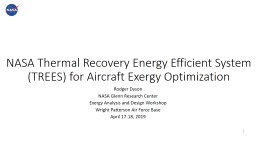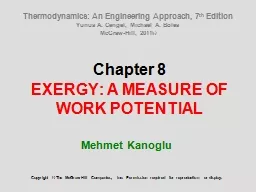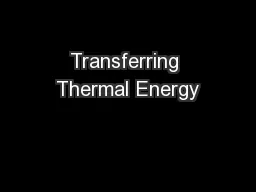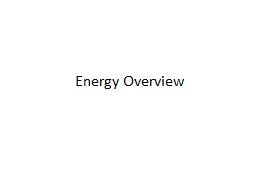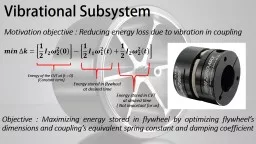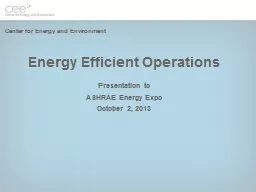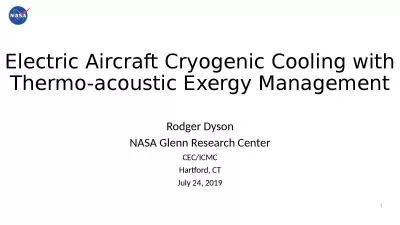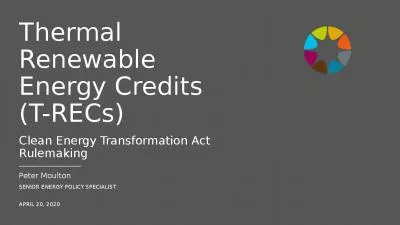PPT-NASA Thermal Recovery Energy Efficient System (TREES) for Aircraft Exergy Optimization
Author : anastasia | Published Date : 2023-06-25
Rodger Dyson NASA Glenn Research Center Exergy Analysis and Design Workshop Wright Patterson Air Force Base April 1718 2019 1 v 2 Prefer technology that improves
Presentation Embed Code
Download Presentation
Download Presentation The PPT/PDF document "NASA Thermal Recovery Energy Efficient S..." is the property of its rightful owner. Permission is granted to download and print the materials on this website for personal, non-commercial use only, and to display it on your personal computer provided you do not modify the materials and that you retain all copyright notices contained in the materials. By downloading content from our website, you accept the terms of this agreement.
NASA Thermal Recovery Energy Efficient System (TREES) for Aircraft Exergy Optimization: Transcript
Download Rules Of Document
"NASA Thermal Recovery Energy Efficient System (TREES) for Aircraft Exergy Optimization"The content belongs to its owner. You may download and print it for personal use, without modification, and keep all copyright notices. By downloading, you agree to these terms.
Related Documents

